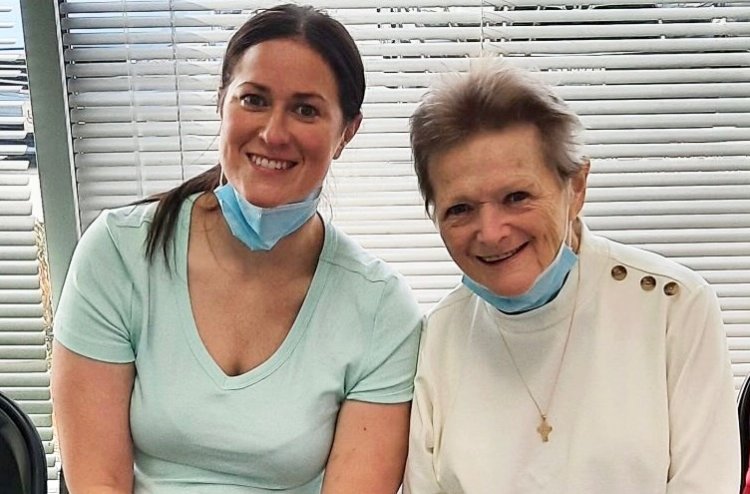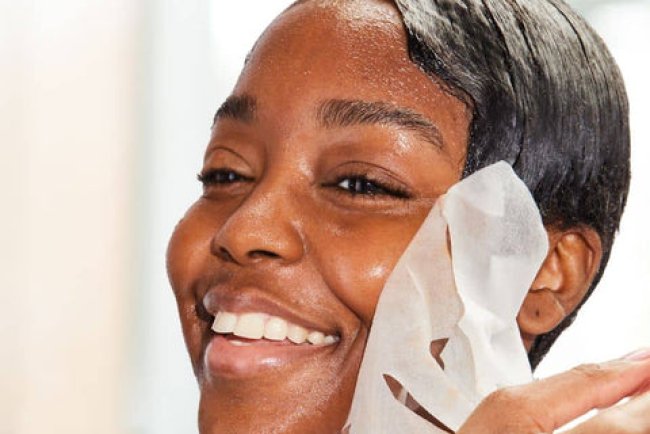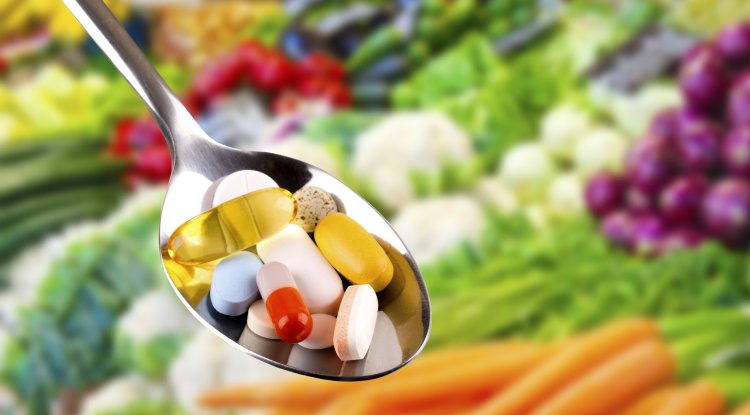Chocolates, Flowers, and the Potential to Save a Life: Why Donating Your Organs Is the Best Present
Flowers wither and chocolates melt, but some presents last well beyond a holiday or a short time.

Imagine giving a present on Valentine's Day, or any day of the year, that could save someone from the edge of death or free them from a life dependent on a dialysis machine. The kind of transformative giving that no store-bought token could ever match is provided by organ, tissue, and blood donation.
Naturally, February 14th is not just about candy hearts and roses; it is also National Donor Day, when blood drives and donor registrations highlight the amazing power of one person. Perhaps you have considered it. Perhaps you have been hesitant. Let us look more closely; you might be shocked at what you can do and how many lives you can change.
Donating Organs, Tissue, and Cells: A Positive Chain Reaction
Imagine spending 12 hours a week, every week, confined to a dialysis chair in order to survive, with no assurance that one will live to see another birthday. Or the gradual heartache of liver failure, when the days are eroded by nausea, disorientation, and excruciating itching. A donor is frequently the last hope for people waiting for bone marrow transplants to fight cancer or those who have lost their sight as a result of corneal illness.
Donating organs and tissues can change these depressing tales by providing people with new beginnings, improved health, and a future they previously believed had vanished. However, the figures show a difficult reality: there is a much greater need than there is supply.
Only 40% of Americans have formally enrolled, despite the fact that 90% of them say they support organ donation. In the meantime, almost 103,000 individuals, including women, men, and children, are waiting for a miracle. Sadly, almost 6,200 people pass away every year while they wait for that call that never arrives.
In reality, what can you donate?
Over time, the number of techniques to save lives has increased significantly. Donations can be made during your lifetime or after you pass away. Over 80 people can be helped by a single donor, which is incredible!
What can be donated after death is as follows:
Kidneys
Liver
Lungs
The heart and its valves
The gut and stomach
Pancreas
Corneas
Skin
Tendons, cartilage, and bone
Veins and arteries
Nerves
Even uncommon, transformative gifts like hands or faces—which are becoming more and more possible—
Additionally, live donations can consist of:
A portion of the lung
A portion of the pancreas, liver, or intestine
The placenta, umbilical cord, and amniotic fluid are examples of birth tissue that is frequently utilized to treat wounds and stop infections.
Bone marrow, plasma, or blood are essential for treating severe diseases including cancer.
People's Holding Back Myths and Why They are Dead Wrong
Even with the amazing benefits of organ donation, many people are still put off by obstinate falsehoods. Let us correct the record:
The truth is that medical personnel are taught to take every precaution to preserve your life. Only after all attempts to save lives have been exhausted is organ donation taken into consideration.
Myth: "Donating organs is prohibited by my religion."
Truth: As a last act of kindness, organ donation is encouraged by the great majority of major religions, including Buddhism, Hinduism, Islam, Judaism, and Christianity.
The truth is that organ and tissue donation is carried out with utmost respect and care. There is no doubt that an open-casket service is feasible.
Ultimately, Love Lasts a Lifetime
Perhaps you will still get a bunch of tulips or a box of chocolates for Valentine's Day. Consider combining it with something much more profound, such as accepting a donation of blood, tissue, or organs.
Because while flowers and candy make people happy, donating could save someone's life.
What's Your Reaction?




















